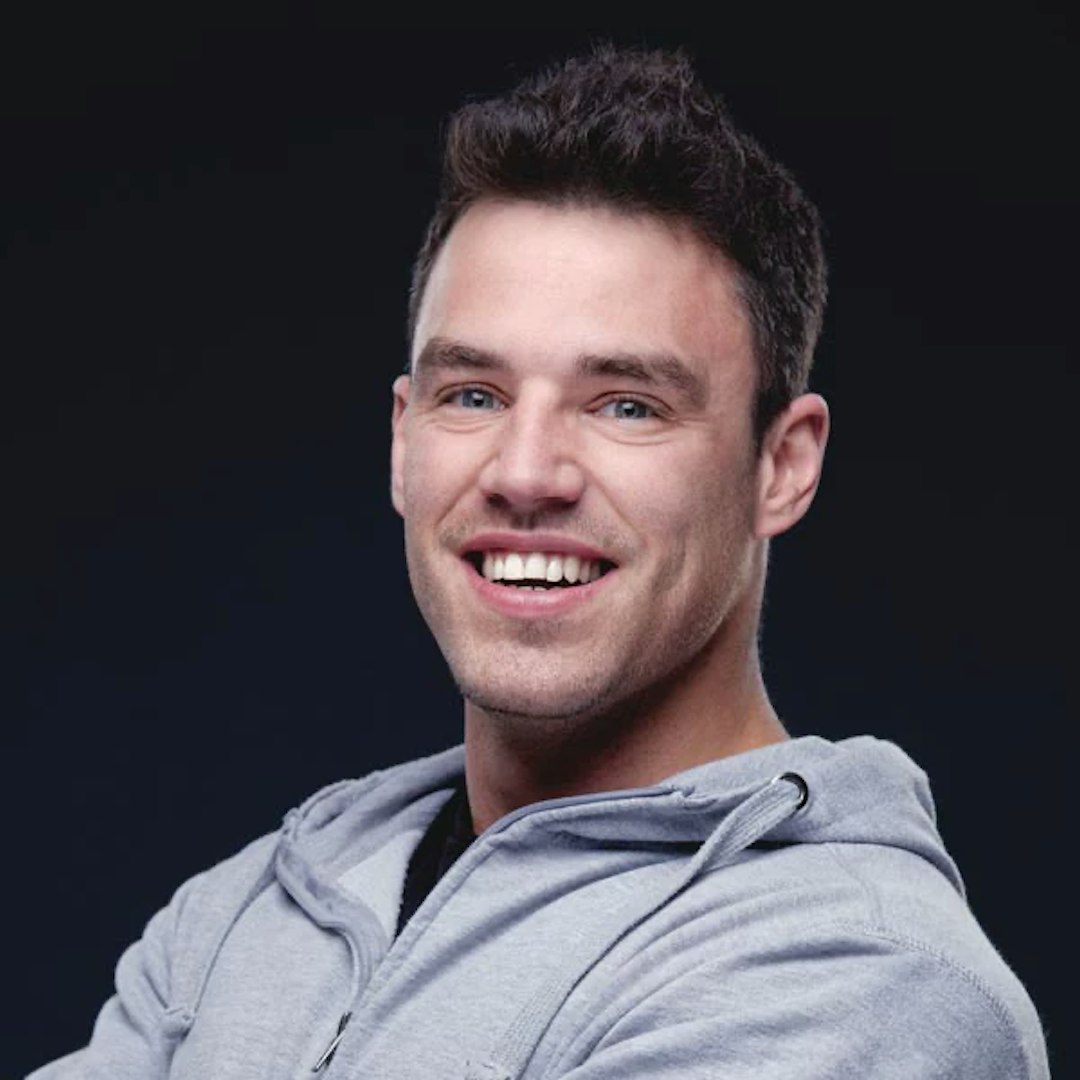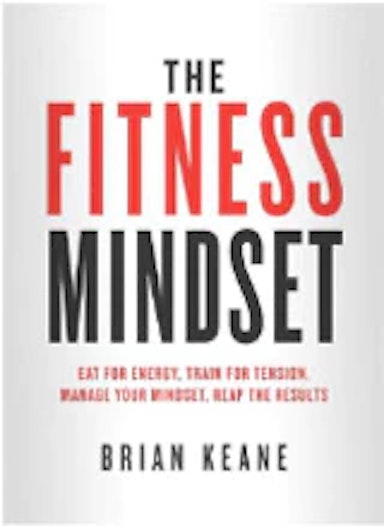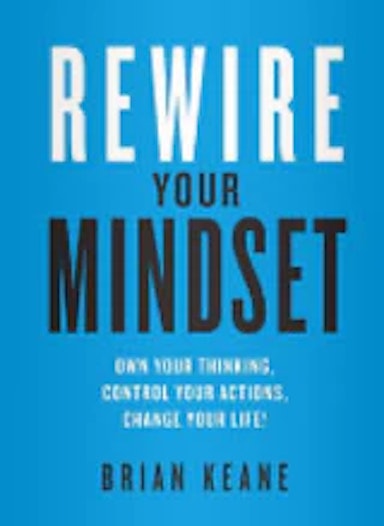4 Tips For Running A Successful Personal Training Business
- By Brian Keane
After talking to a few personal trainers about my new mastermind starting next month, this was top of mind today- so I hope it helps any personal trainers out there that are looking to move their business to the next level.
These are just a few tips I wish I could go back and tell myself when I was starting off first (or even two years into my personal training journey). I hope they help you as much as they would have helped me.
“Smart people learn from their mistakes, the really sharp ones learn from the mistakes of others” – Brandon Mull
1) Become a one stop shop for your clients:
I was very fortunate to go from zero clients to a six month waiting list in less than a year when I moved home from London first (I actually brought on a trainer to help clear that list- who’s since gone on to become an incredibly successful trainer himself) and it was down to the fact that I took control of everything training and diet related when working with my clients.
Some trainers will work 1:1 with their client during their allocated 1-hour gym session and then send maybe a text or two during the week. If you want your clients to get amazing results, make sure they are doing everything that is going to support them in getting to where they want to be.
On top of making sure that their one, two or three weekly hours with you is an incredible experience that they enjoy (as physically difficult as the session may be), its up to you to design their nutritional plan and training program outside of those hours too and make sure that its something that they can stick to. In your spare time, research and recommend what supplements might help them get to their goals faster. Your clients don’t care how much you know until they know how much you care, those extra details can make all the difference.
For example, your client Sally who’s 40 years old and has three kids, very little free time and gets really bad bloating after meals, consider making her a 20 minute HIIT workout that she can do before the kids wake up in the morning and experiment with using a probiotic for the week to try and improve her gut health. Another example, John, 24 is going to Ibiza with the lads in six weeks and wants his six-pack to pop so he can pull easier, add in some cardio on his rest days and maybe experiment with cycling his carbs or calories for faster fat loss over the next few weeks. Remember your are clients walking billboards for you and beat any fancy business card or logo you can design.
“If you help people get what they want, you’ll get everything you want” – Zig Ziglar
2) Don’t focus on dumb sh*t!
Talking about business cards and fancy logos (note: a rant is coming as this is one of my biggest pet peeves in business) – if you have a fancy logo, a cool business card and an embroidered t-shirt with your name on it and zero clients- you are setting yourself up for failure before you’ve even started! Would you drive your car if the four wheels were missing? No? Then why are you focusing on logos, business cards and t-shirts if you don’t have any clients?
Just to give you a bit of context and I use this with trainers whom I’m helping build their business- I had a 30-40 client a week roster before I designed a logo and I still don’t have a business card to this day! Focus on the important things- your clients and helping them get to where they want to be. Their testimony, their word of mouth and their results will build your business; not a fancy logo or business card. By all means, get those things too if you want, just don’t do it before you have any clients!
Remember to focus on the important things and not meaningless tasks that make you feel better about getting something done. Being busy (focusing on things that don’t move your business forward) and being productive (focusing on things that actually move your business forward) are not the same thing. As someone who spend years ironing out this character flaw, all I ask is that you don’t fool yourself into confusing movement with progress.
“Don’t fool yourself and you’re the easiest person to fool” – Richard Feynman.
3) Is the ab or glute selfie really helping business?
If we’re staying on topic of pet peeves, this is probably number #2 on my list. Now, don’t get me wrong, I do love a good selfie every now and again (#abselfiew*nker for anyone that follows my instagram stories) but if you’re trying to build a business with clients who are regular people, some of whom don’t feel that confident about themselves to begin with, then a selfie of how good your glutes or abs look probably isn’t going to be the thing that makes them think ‘this person can help me with my goals’.
Now, selfies have a time and place and its great to show people that you do indeed practise what you preach but lets be hoenst, your abs haven’t changed that much from Tuesday to Wednesday and your glutes haven’t grown significantly over the weekend. Save the selfies for a couple a times a month, just try not to post them every second day.
Side note: if your focus is to become a fitness influencer (ie being paid to be ripped, lean and sexy) then selfies actually work great and are probably a necessity; just don’t confuse becoming an influencer with running a successful PT business as they’re not inherently the same thing. Influencers make their money through sponsorships, affiliates and working with companies. PT’s make their money by working with clients, running classes and creating programs (I add this as its something I didn’t completely understand when I started off first).
The key is making the decision on what you want to be before you start. By the way, its worth mentioning that you can 100% do both, its just harder in my opinion to become an influencer first as there’s only so many fitness teas you can drink and supplement samples you can post before your monthly rent or phone bill is due.
Two cents: My personal advice on this would be to build a solid business around your clients and then build your personal brand on the side (as your side hustle). This way, you can have the best of both worlds; you can work with and promote brands, products or services that you want your audience to see because it will benefit THEM and you can some extra money from posting or advertising it. In my opinion, this is how influencer marketing should be used.
4) Your currents client are number #1.. Always!
This one can be tricky as finding the balance between getting new clients and serving the current ones can be a fine line. I cant give you the exact percentage splits of what’s the best way to spend your time; some say you should be 50% of your time doing lead generation for new clients and the other 50% serving your current client. However, what I will offer; from my personal experience, when you focus the majority of your time on your current clients, help them transform their bodies, minds or lives- in my opinion, their word of mouth is more powerful than any Facebook ad or lead magnet you can create. People listen to people who they like, know and trust and people work with people who they like know and trust. Provide value, prioritise the people you’re currently working with some tweaking on advertising, marketing and lead generation, and everything else will fall into place.
I hope this helped. Feel free comment or message me on Instagram DM if you have any questions.


